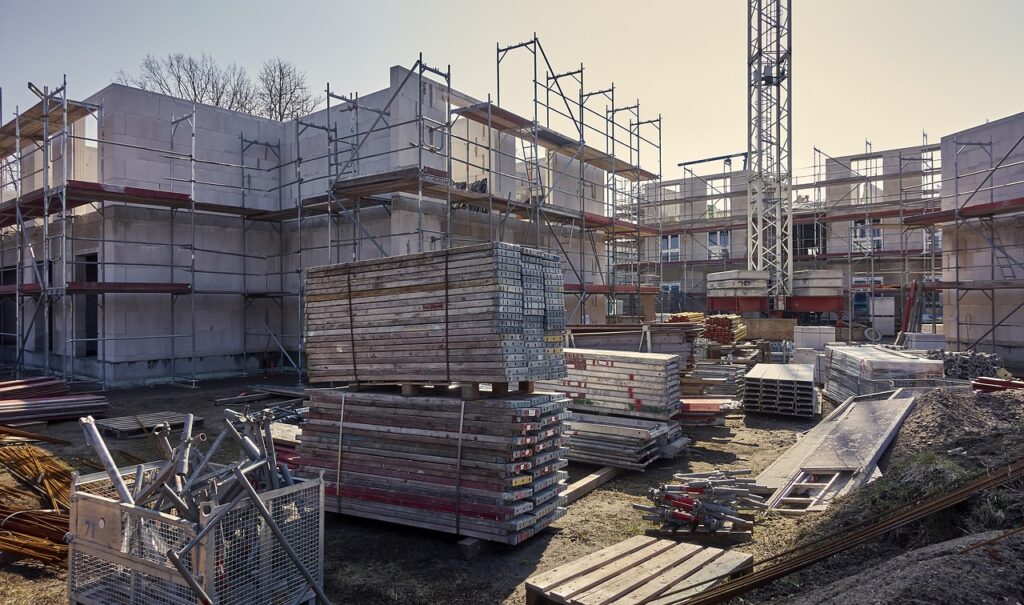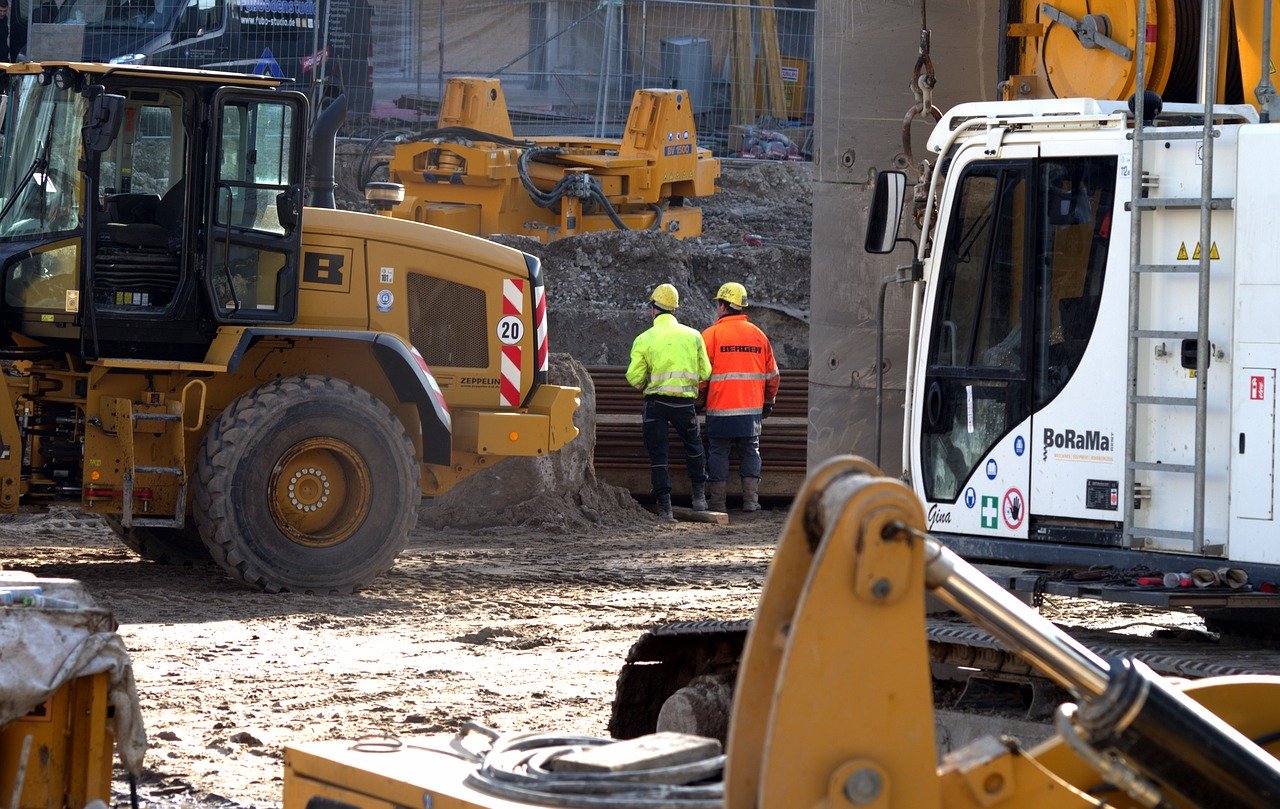A perc test, or percolation test, is what is done to determine how much water can be absorbed into the soil before a leach field is put into place. A septic system cannot be properly designed or installed without this test being completed first.
When a perc test is completed, the person doing the test is checking to see how fast a specific amount of water is being absorbed by the soil within a drilled area. This test is always completed the same way, but the results are used differently in many towns, cities, and states.
Perc Test Procedure
Performing a perc test is as easy as drilling two or more holes about thirty feet apart. The holes are usually six inches around and go down two or three feet. Two inches of gravel is placed into the holes and water is added continuously to keep twelve inches inside the holes.
The following day, six inches of water is added to the holes before checking to see how much of the water is gone within thirty minutes. The goal is to determine how long it takes the water to go down one inch.
Is Perc Test Necessary?
The only time a perc test is necessary is when a septic system needs to be installed. If there is sewer in place, then there is no need to perform a perc test. However, if there is no sewer, and no plans for sewer in the future, then a perc test will show if it is safe to install a regular septic system or if a modified system will be needed instead.
Costs of a Perc Test
The cost of a perc test is dependent on where it is being performed, as well as how many holes need to be drilled to do the test itself. The condition of the soil may also come into play, because it may cost more if the soil is hard to dig through.
Currently, the cost of a perc test is normally between one hundred and one thousand dollars. Most of the time this cost is comprised of the use of a backhoe plus the person doing the testing. There are times when additional expenses are added on to the bill afterwards. Those extra expenses may include the need to dig extra holes, digging a deeper hole, or needing to drive further than average to reach the land.
The Perc Test Requirements
Every area seems to have their own requirements when it comes to perc testing. However, the main requirements usually include the following:
- Steep Slope – The slope can normally not be any more than twenty to thirty percent.
- Filled Land – It is best to use an area with native soil, but an engineered fill will be considered on a case to case basis.
- Wetlands or Flood Zones – Both these areas are not deemed as acceptable for leach fields.
- Site Drainage – A leach field should never be placed where there is runoff from storms, because the area could erode into nothing or eventually flood and cause even more damage.
Setback Requirements for Perc Tests
Again, every area has their own requirements when it comes to setbacks for leach fields, so it is important to check with the local government before doing a perc test. However, here are the basic setback requirements for leach fields:
- House – 10-20 feet
- Property line – 10 feet
- Private well – 50-100 feet
- Potable water piping – 25 feet
- Open water – 100 feet
- Dry stream bed – 25 feet
- Subsoil drains – 25 feet
Alternatives if a Perc Test Fails
Many people immediately panic if their perc test fails, but it is important to know that there are a few alternatives if that does happen. Here are a few options everyone must consider:
- Check with the Health Department – It is important to check with the Health Department to see if they have any records of other perc tests completed on this property. This is important, because one section of the property may be better for a leach field than another. If only one section was tested and failed, there could still be another location that will pass with flying colors.
- Appeal the Results – There is a chance that a person can appeal the results of a perc test, but everyone should know that there are only a few circumstances where the original results will be changed.
- Determine the Season when the Perc Test was Performed – The drainage rate of soil can be different during wet season in comparison to dry season. Therefore, the time of year may have made a difference with the pass/fail rate.
- Consider a Modified Septic System – If there is nothing a person can do about the perc test, then it may be necessary to install a modified septic system. These systems are a little more expensive, but at least it is an option that will allow a person to build on the property.
- Water and Sewer May be Available in the Future – Sometimes people purchase land for the future, so a failed perc test is not the end of the world. In this type of scenario, water and sewer may make it to the area before construction even begins and then the perc test results will not matter.
When a person wants to purchase land with the intent to construct a house or other building on it, they should have a perc test performed before signing the papers for the sale. The reason for this is if the perc test fails, and there are no other options, the person may be stuck with land that they cannot use. Not having this test performed can cause a lot of problems in the future, especially if a failed result shutters plans of construction.
At least by doing the perc test before the sale, the buyer can back out if the results are not what they expected.
No one should ever skip out on a perc test, because the results can be devastating when it comes to be approved for a mortgage or being able to use the building that was just constructed.
If a person is ever in doubt when it comes to a perc test, they should err on the side of caution and perform one to stay safe. They may never need it, but at least they will know if their land passed or failed when it comes to having a septic system installed.




